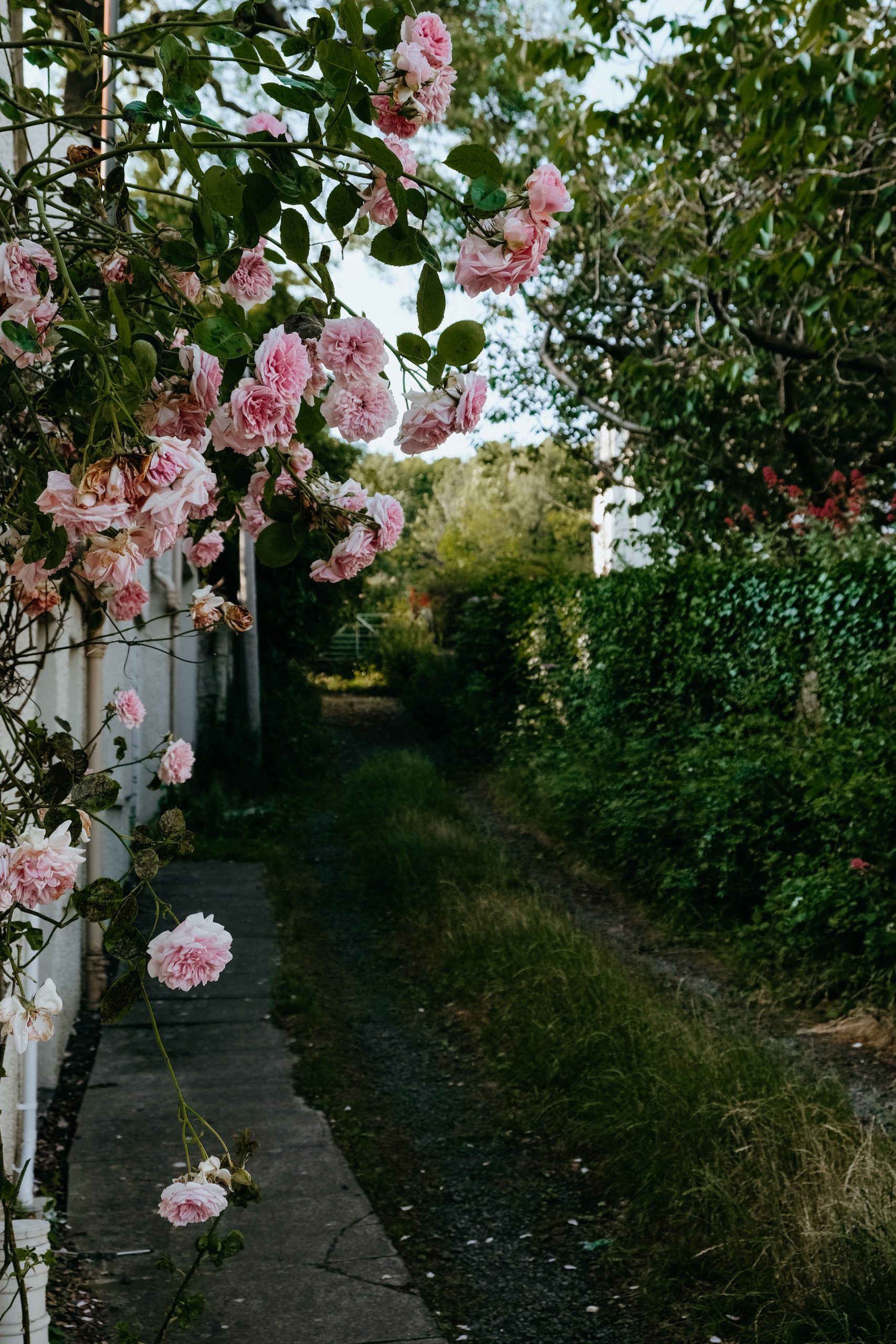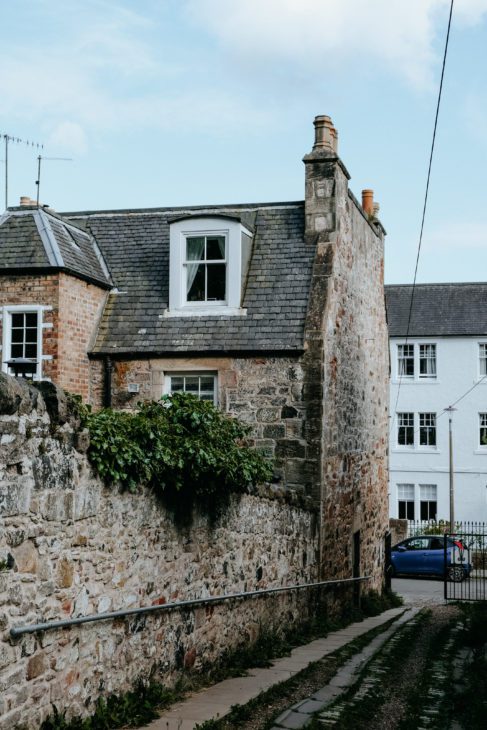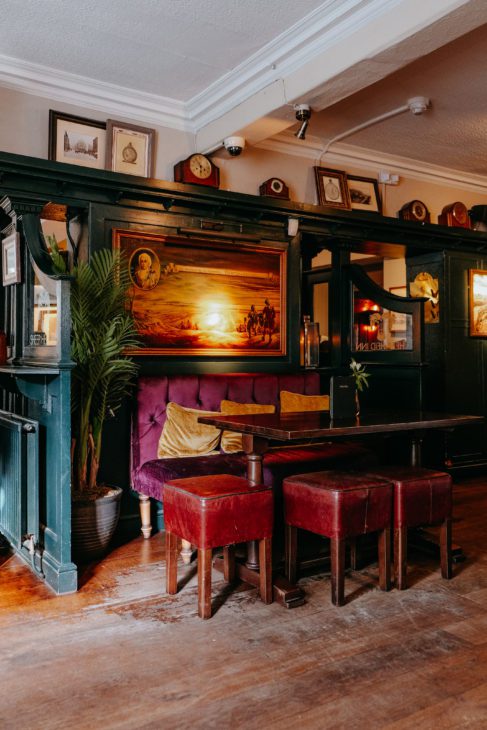Finding accommodation for 10 people in a European city is no easy feat, so when we landed what appeared to be a 5-bedroom manor just outside the heart of Edinburgh, it seemed perfect. And it was—but the more exciting surprise was the surrounding neighborhood in which we found ourselves.

Duddingston is one of Edinburgh’s oldest neighborhoods, bordering the southeastern edge of Holyrood Park and tucked at the base of the city’s famous peak, Arthur’s Seat. It feels quiet and residential (and lacks entirely the commercial atmosphere of cafés and shops), but there are astounding pieces of history to uncover in this 12th-century village.
The lands that would become Duddingston were first recorded in a 1136 land grant that included a settlement called Treverlen, a Celtic word that predates Scotland’s medieval linguistics and indicates the village may have existed for centuries prior. Its present-day name comes from one-time owner of the estate, Dodin de Berwick, a Anglo-Saxon Knight who supposedly referred to himself as “Dodin of Dodinestoun” (town). Since the 1200s, the name has stuck.




We frequented the 12 and 44 bus routes to carry us back and forth between Edinburgh’s Old Town, but you can find Duddingston by following Queen’s Drive—and later, Duddingston Low Road—along the southern edge of Holyrood Park. You’ll enter from the west, first encountering the village’s eponymous Loch. The lake was once famous for its ice skating (though I imagine our current climate state has put an end to that), immortalized by a couple famous 18th-century paintings. More interestingly, the loch was the site of a 1778 discovery of 3,000-year-old (Bronze Age) weapons that had been dumped in the natural lake’s waters. Those artifacts are now on display in the National Museum of Scotland.
The village begins as the road climbs a hill and turns into Old Church Lane. There on the right stands the Duddingston Kirk, a parish church of Norman architecture built in the early 1100s. The south wall is the only part of the original building remaining, but it’s one of Scotland’s oldest churches still in use with services on Sundays and Wednesdays. There is also a Garden Room café providing drinks, cakes, and scones, open Thursday-Sunday during the warmer seasons.
Further down Old Church Lane, an imposing gate in the stone wall leads to Dr Neil’s Garden. The doctors were a husband and wife team of General Practitioners who collected a variety of plants during their summer trips to the European continent. The land next to the church had been used for grazing but had never before been cultivated; the Drs. began to plant on these fields in the early 1960s, and it became a supportive offshoot of their practice, encouraging patients to work in the fresh air of this peaceful setting. Perhaps the most intriguing is a physic garden that grows medicinal plants; there’s quite a long list—and an entertaining disclaimer—for visitors to discover.






The Causeway that forks left at the Kirk is the village’s more sleepy, narrow road—a pathway that deserves a leisurely pace and an observant eye. On the right, the Sheep Heid Inn is reputedly Scotland’s oldest public house; an inn has been on the site as far back as 1360. The current building is from the 18th century, with many additions and updates over time. The interior was most recently renovated in 2019, and it’s a beautiful, cozy spot with a bar, two floors of dining, courtyard, and 19th-century skittle alley. We visited the pub on six of the seven days of our trip, so it’s safe to say we were big fans.
Just past the Sheep Heid Inn, on the left, is entrance to the Community Land. A cobblestone street climbs up and past the Causeway’s row of houses and opens to a community garden, recreation space, and a former grazing field that is now home to a tree nursery, orchard, greenhouse, and chicken coop. The land is owned by the Duddingston Conservation Society and run by volunteers. It’s open for visitors to explore and for the community to gather, work in the garden, and reap its rewards. The field is a labyrinth of paths through wooded enclaves and tall grasses, but if you can navigate correctly (we did not), you can connect directly to the hike up Arthur’s Seat.




Continuing to walk the Causeway completes the loop of old Duddingston Village. Greenery drapes over the stone walls that line the sidewalk; the property gates allow a peek through to the neighborhood’s beautiful 19th-century homes and gardens. The village was a wonderful home base for our week-long stay and a lovely place to discover.

PIN IT!


